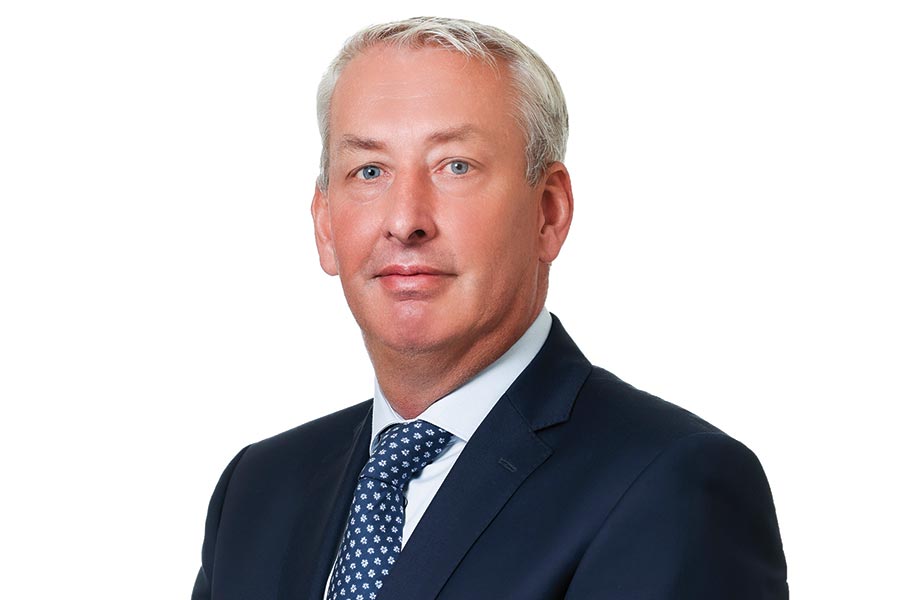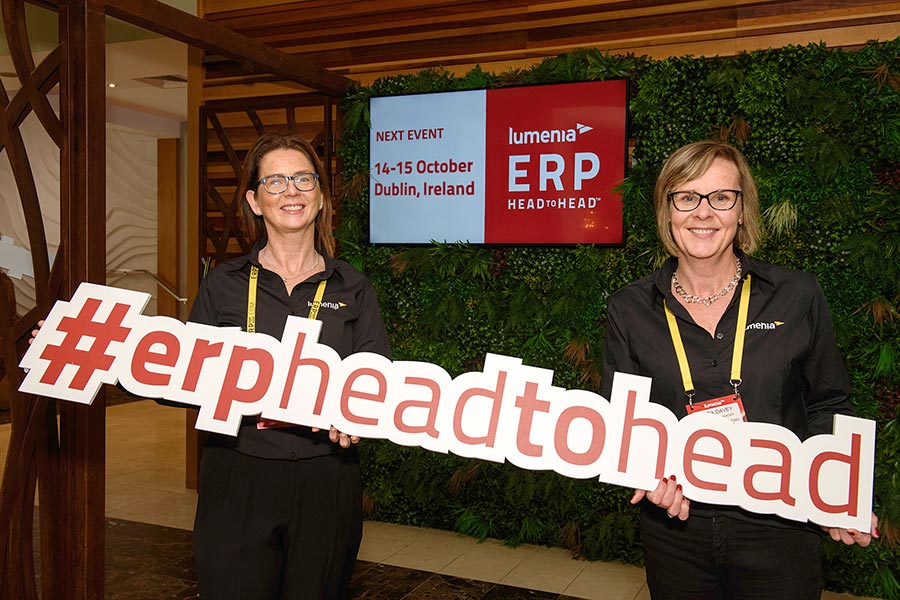Ageing populations in Ireland and internationally have been heralded as a harbinger of the economic end times, but are we in fact looking at a grey boom?, writes Paul O’Donoghue.
Globally, life expectancies are rising as birth rates fall.
This means countries are set to grapple with soaring pension costs coupled with a sharp drop in the number of young workers.
So the conventional wisdom goes, anyway.
While this may be true, many investors see these trends as an opportunity.
So-called ‘longevity’ investments have recently been dubbed the next ‘gold rush’.
The US population aged over 65 is projected to almost double by 2050.
Ireland will see a similar demographic change — our over-65 population is expected to rise from 800,000 as of 2023 to 1.6 million by 2051.
This means businesses catering to this elderly market will see their potential customer base surge.
So, how could Irish investors get in on the act?
The most straightforward way is to invest in companies providing elderly care services.
For example, the senior housing market is expected to see strong demand in the coming years.
The likes of Welltower, a US Reit (real estate investment trust), is one of the largest players in the sector.
The company is predicting occupancy rates of 87 per cent across its portfolio, and has forecast generating $7.8bn in rental income from senior housing in 2025 — a 25 per cent increase compared to 2024.
Shares in the group are up over 40 per cent in the year to date. Other US Reits in the sector include Ventas. Sales at the firm rose by 8 per cent in 2024.
Earlier this year, the firm announced it closed $2bn worth of investments in senior housing in 2024, while raising its quarterly dividend.
There is also the likes of Sabra Health Care Reit, which is guiding for a strong net earnings increase in 2025.
However, the firm is much smaller than Welltower and Ventas — Sabra has a portfolio of 364 properties, compared to Welltower, which has several thousand.
Chronic health conditions are expected to rise with ageing populations. In this field are the likes of Danish pharma giant Novo Nordisk, the maker of Ozempic.
Earlier this year, US regulators approved the weight-loss drug for expanded use in treating chronic kidney disease in diabetics.
Shares in the business have dropped sharply over the last year, with a new weight-loss treatment disappointing.
However, most analysts are still positive long-term — UBS and Deutsche Bank both recently reiterated their ‘Buy’ rating for the stock.
With many large pharma companies having operations in Ireland, investors can also look closer to home.
Irish-headquartered Medtronic has been tipped as a firm well placed to take advantage of the so-called ‘grey boom’.
In February, Medtronic secured approval from American regulators for a device which is used to treat Parkinson’s disease.
In July, Citi reiterated its ‘Buy’ rating for the stock, while several other analysts designated Medtronic as a share to ‘Outperform’.
Biopharma giant AbbVie, which employs almost 3,000 people in Ireland, has announced new oncology initiatives in the last year — cancer risks increase with age.
AbbVie reported 2024 revenues of $56bn, up 4 per cent annually, which helped send its shares up 8 per cent on the day of reporting.
Until now, all of the options discussed have been US or European stocks, which are readily available to Irish buyers.
It could also be worth keeping in mind the growing number of longevity funds.
A slew have popped up in Asia in recent years, as the continent faces a rapidly-ageing population.

A Singapore-based fund called ‘Immortal Dragons’ was launched in July. With $40m in assets under management, it has already invested in 15 businesses.
The growing number of funds in the space is a signal of which way the winds are blowing.
The upshot is that there are a plethora of age-related investment opportunities available.
While governments may struggle at a societal level to meet the needs of a greying population, canny Irish investors could reap the rewards.










